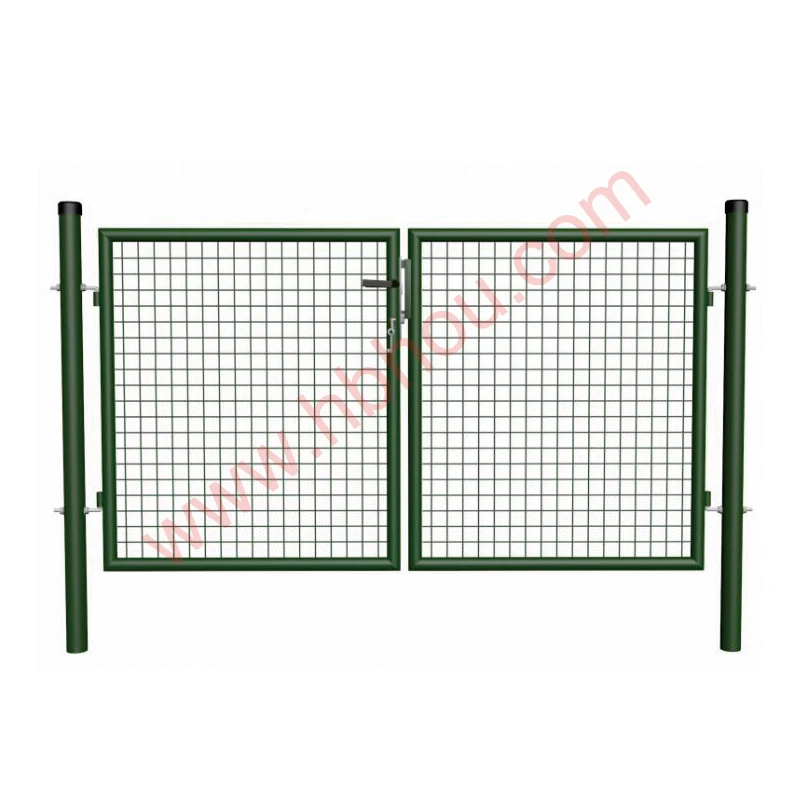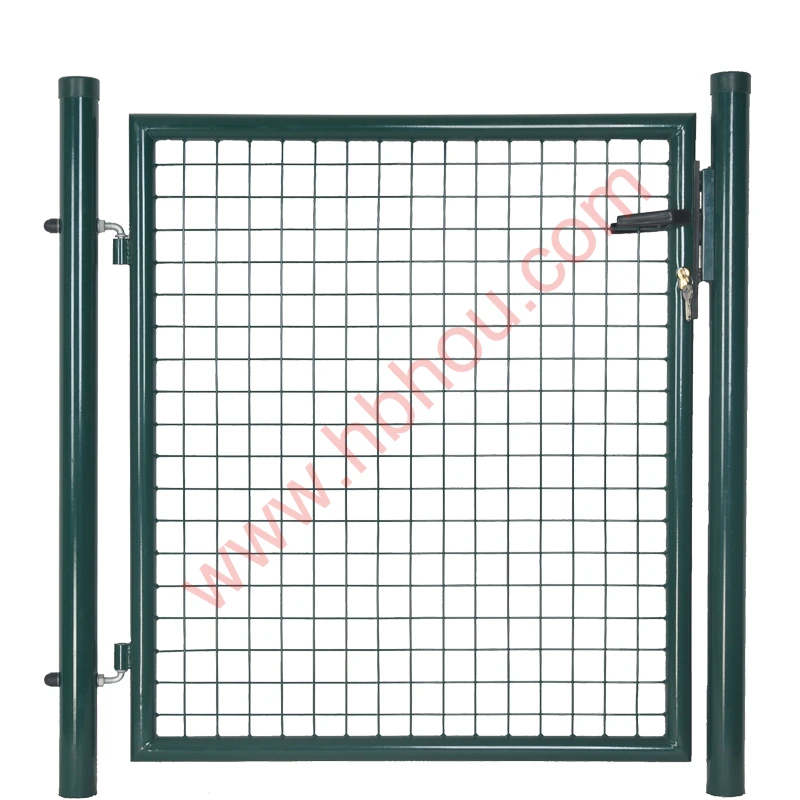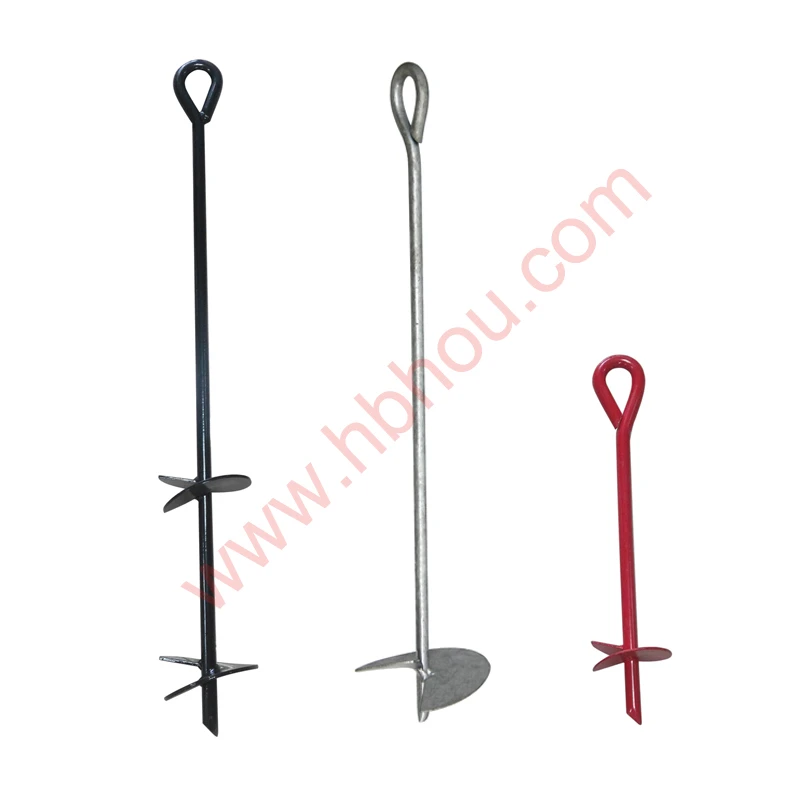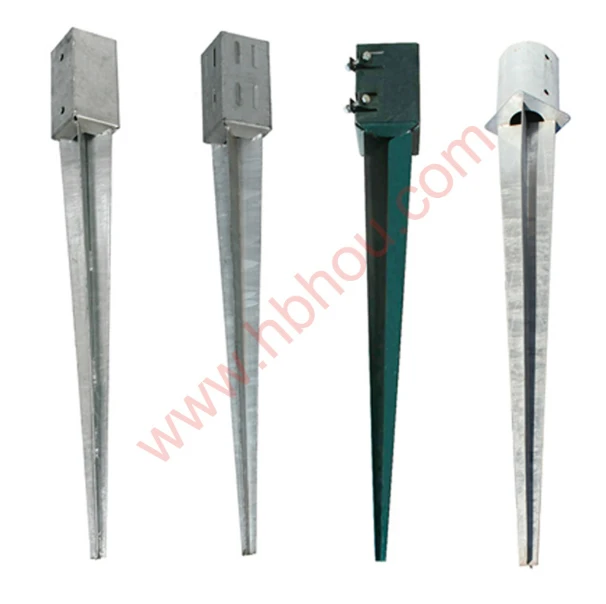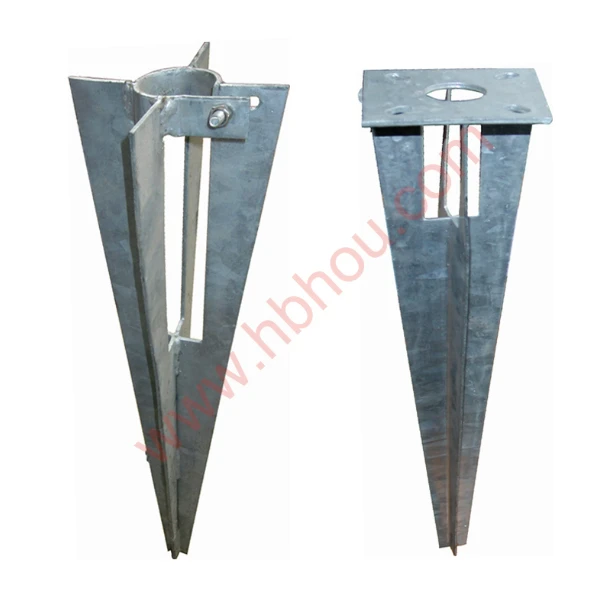Understanding the Costs of Barbed Wire A Comprehensive Overview
Barbed wire has been an essential fencing material since its invention in the late 19th century. Initially designed for agricultural and farming applications, its uses have expanded dramatically over the years. Today, barbed wire is employed in many sectors, including agriculture, security, and military. However, the cost of barbed wire can vary widely based on several factors. This article delves into the various elements that influence barbed wire costs, helping consumers make informed decisions.
Types of Barbed Wire
Before delving into costs, it’s crucial to understand the different types of barbed wire available
. There are several types, including1. Standard Barbed Wire This is the most common type, and typically features sharp barbs spaced evenly along the wire. Pricing for standard barbed wire can vary depending on the gauge of the wire and the spacing of the barbs.
2. High-tensile Barbed Wire Made from stronger materials, high-tensile wire is designed for more demanding applications. Its durability can come at a higher price, but it often pays off in longevity and fewer replacements.
3. Galvanized Barbed Wire This wire is coated with a layer of zinc to prevent rust and corrosion. The additional processing increases its cost, but it is invaluable in areas with harsh weather conditions.
4. Barbed Tape and Specialty Wire These are used mainly for security purposes, such as enhancing fences around military bases or high-security facilities. These products tend to be more expensive than standard options.
Factors Influencing Barbed Wire Costs
Several factors influence the cost of barbed wire
1. Material Quality The type of metal used in the production of barbed wire significantly affects its price. Higher quality materials, such as stainless steel, may cost more but provide better performance and durability.
barbed wire cost

2. Gauge The gauge of the wire refers to its thickness. A lower gauge number indicates a thicker wire; thicker wires tend to be more expensive due to the greater amount of material used and the added strength they offer.
3. Length of Roll Barbed wire is typically sold in rolls, and the length of the roll affects the cost. Buying in larger quantities often results in a lower per-foot price, making it more economical for extensive fencing projects.
4. Local Market Variations Prices can also vary based on regional supply and demand, shipping costs, and local market conditions. Areas with high agricultural activity may see different pricing compared to urban locations due to varying needs and availability.
5. Additional Features Some barbed wire products come with added features, such as additional resistance to rust or UV protection. These enhancements can increase the cost but may be worthwhile investments depending on the environment where the wire will be used.
Average Pricing
As of recent data, the cost of barbed wire can range from approximately $0.10 to $0.25 per foot for standard fencing wire. High-tensile options typically start at around $0.20 per foot but can range upwards depending on the thickness and additional features. Specialty wires or security fencing can go as high as $1.00 per foot or more.
Installation Costs
Beyond the price of the wire itself, it’s essential to factor in installation costs. The labor required to install barbed wire fencing can vary widely based on location, terrain, and the specific requirements of the job. Professional installation might add another $1 to $2 per foot, depending on the complexity of the project.
Conclusion
When considering barbed wire for fencing, it’s important to assess both initial costs and long-term value. Understanding the various types of barbed wire, the factors that influence pricing, and the overall costs associated with installation can help make an informed decision. Whether for securing a property, creating livestock enclosures, or enhancing security around critical infrastructure, choosing the right type and quality of barbed wire is crucial for achieving the best outcome. By weighing these considerations, individuals and businesses can find an effective solution that fits their budget and meets their needs.









